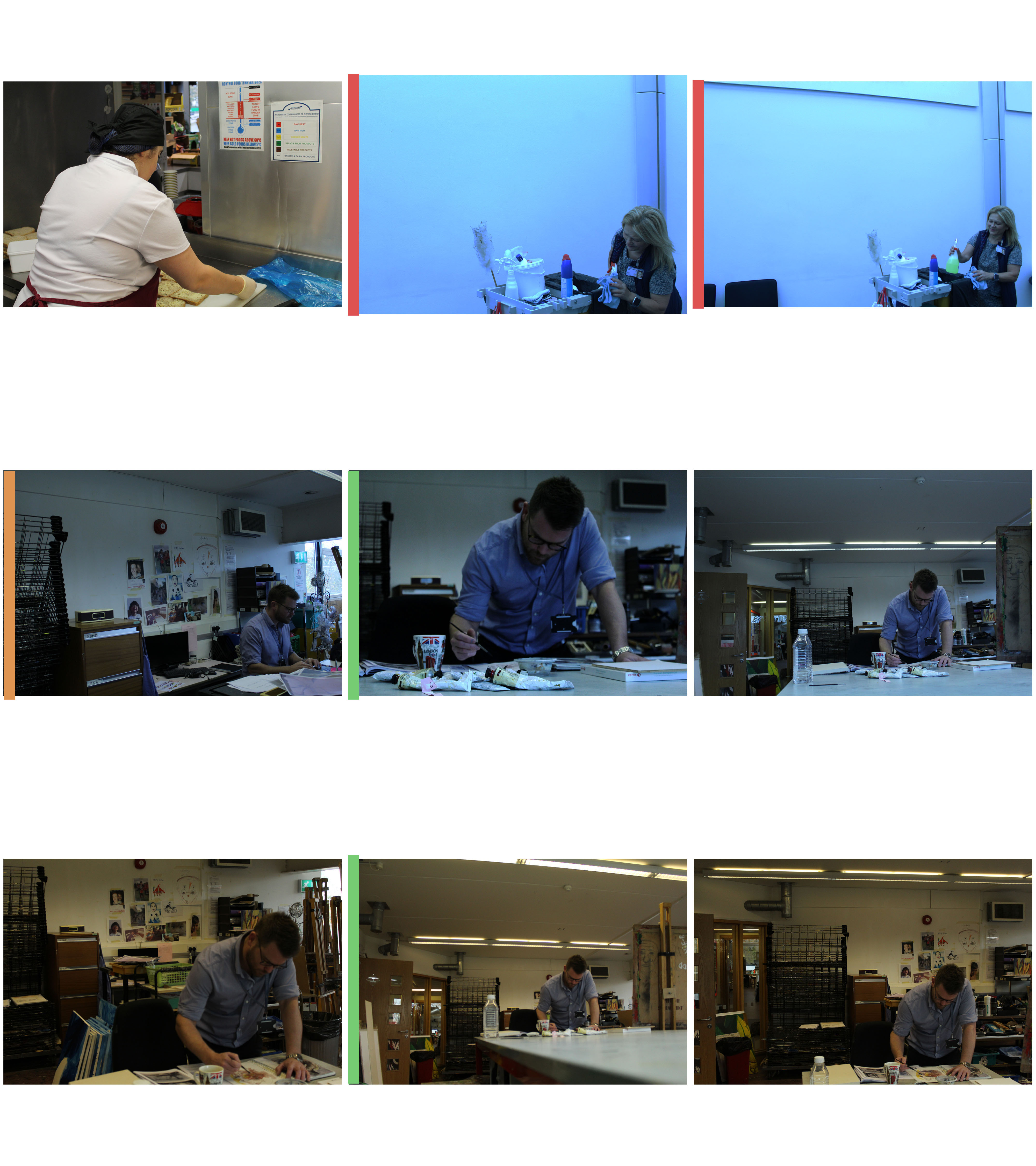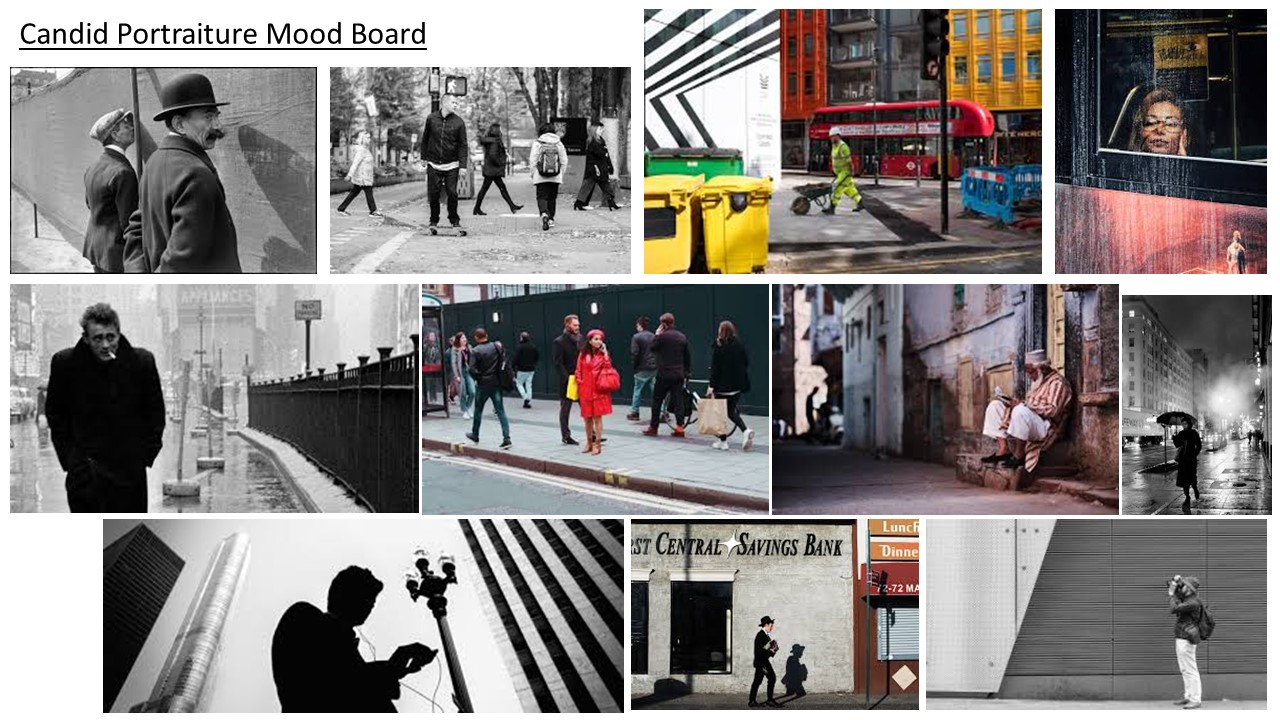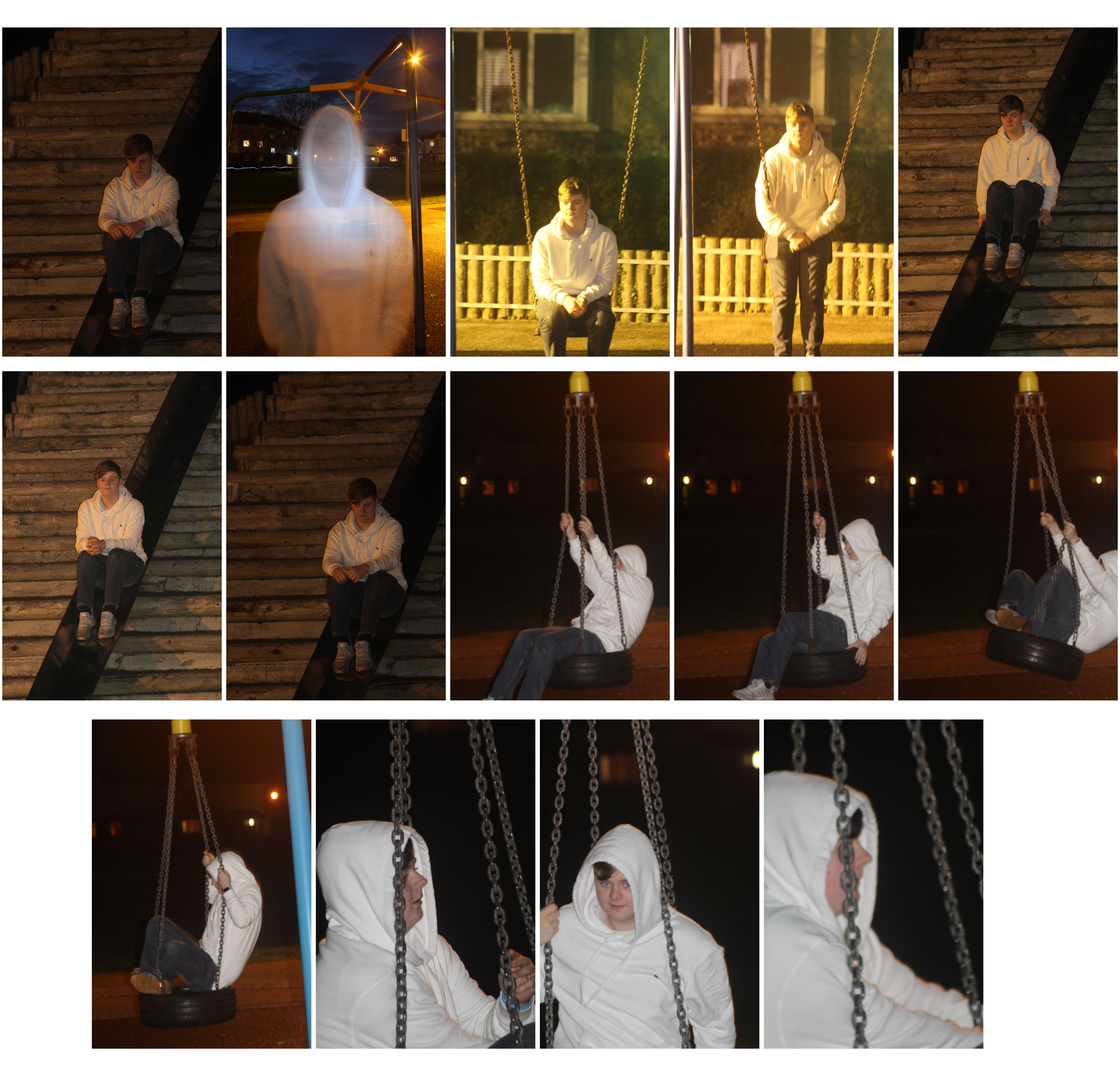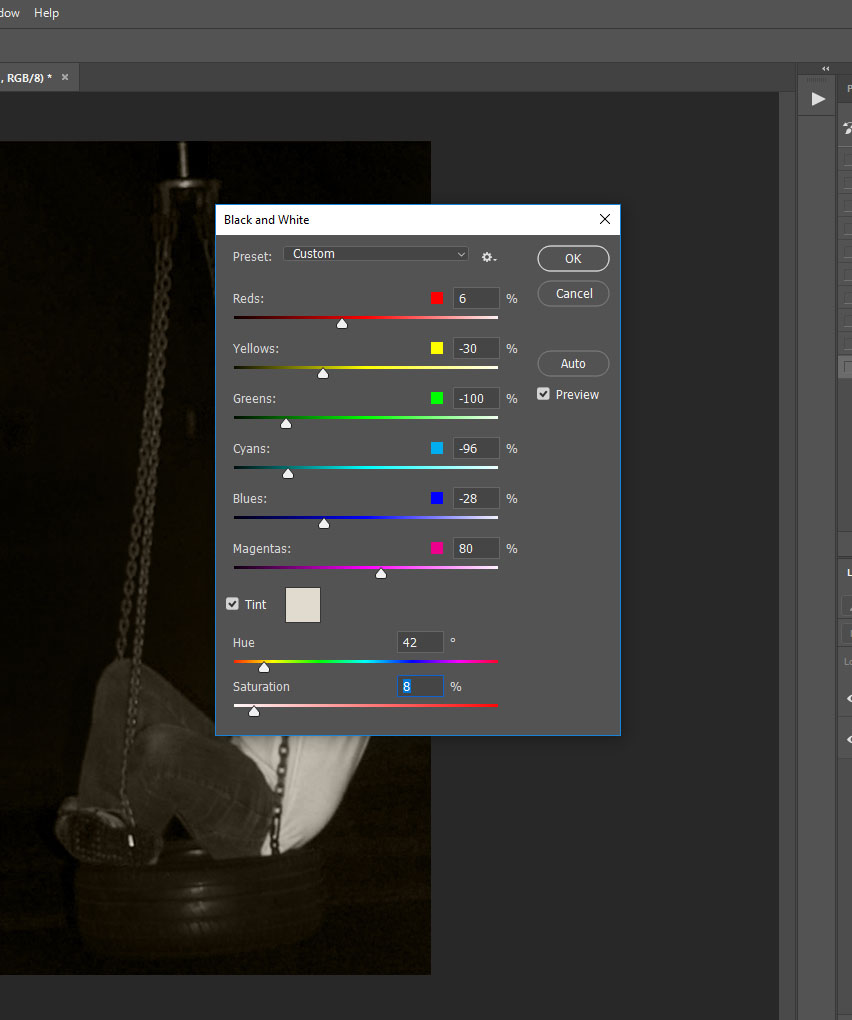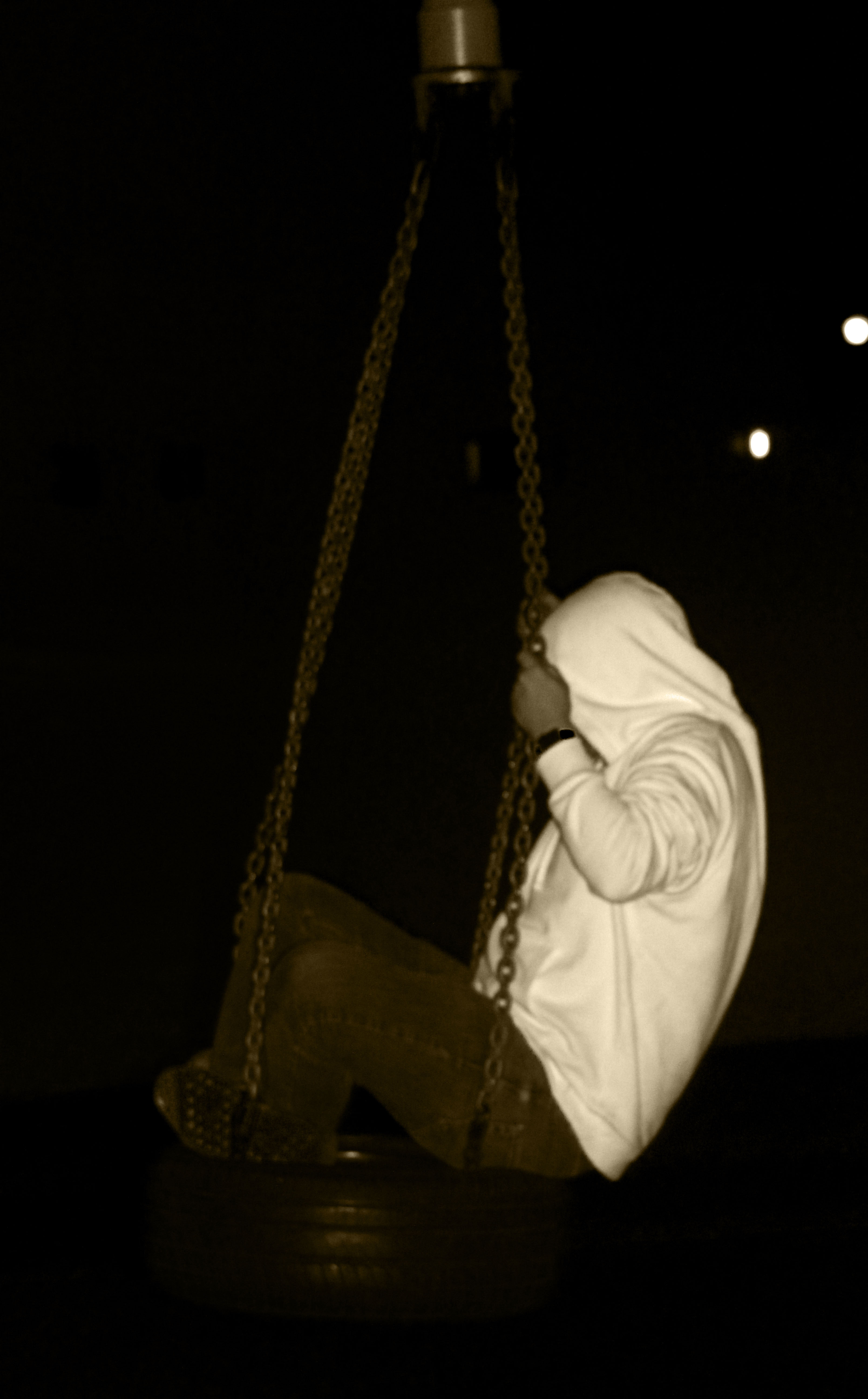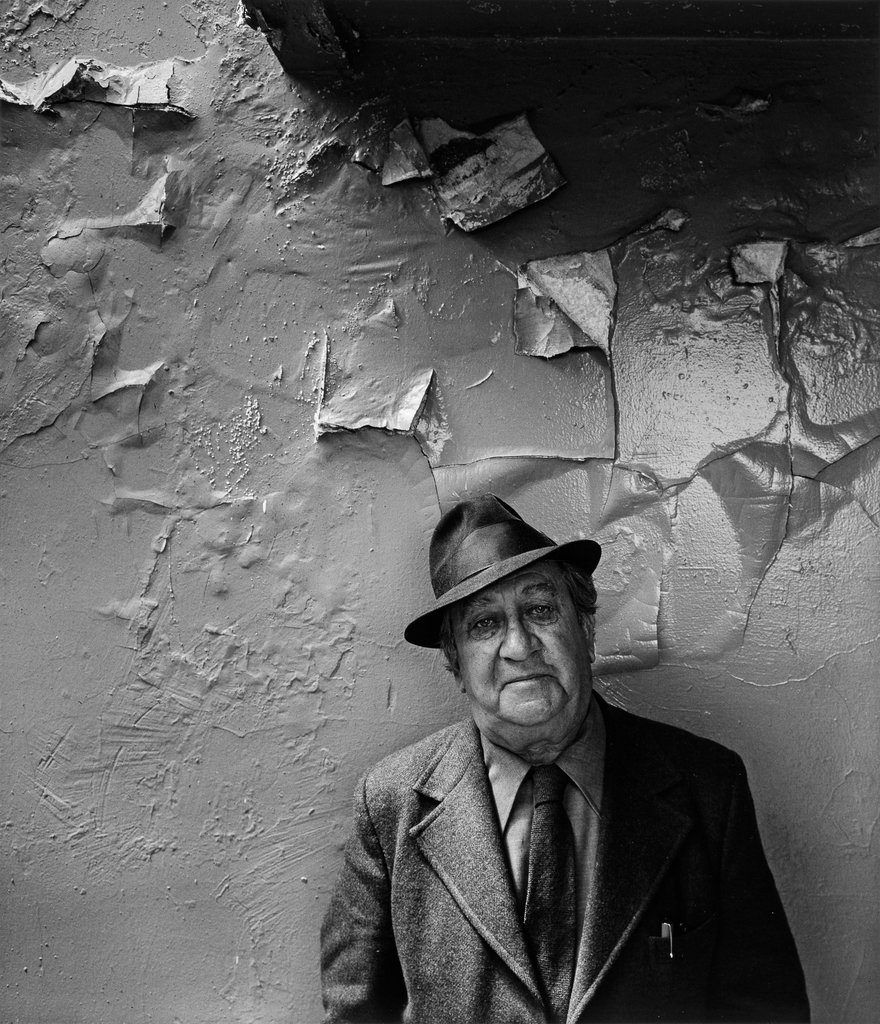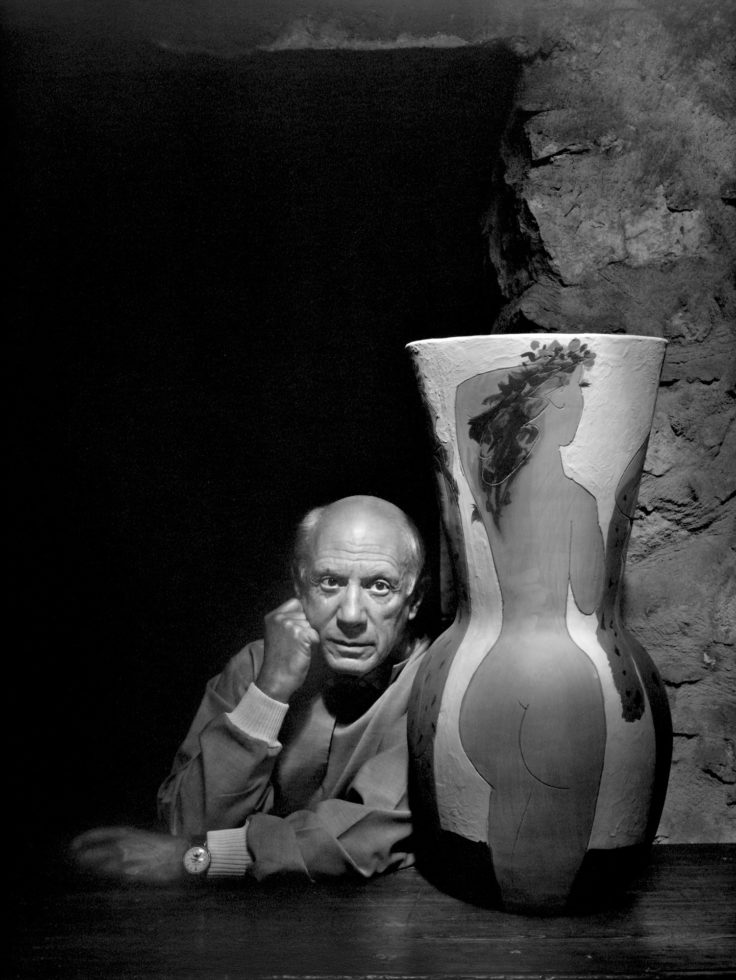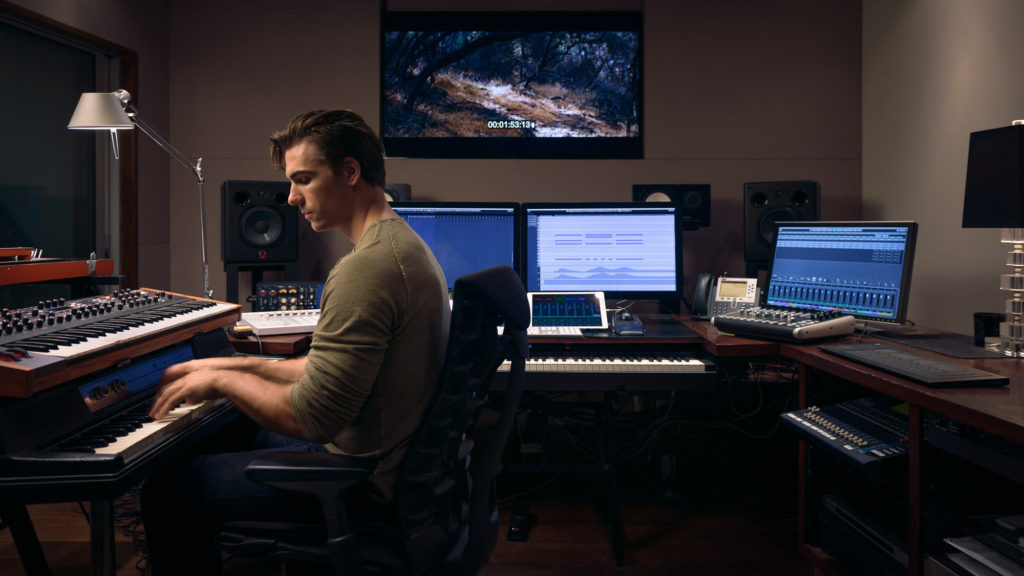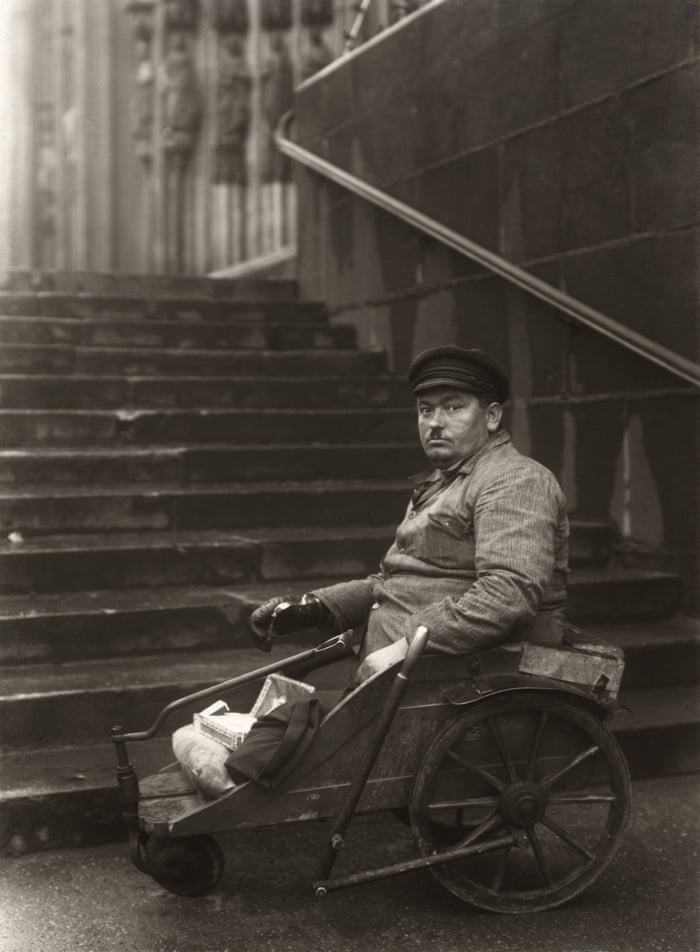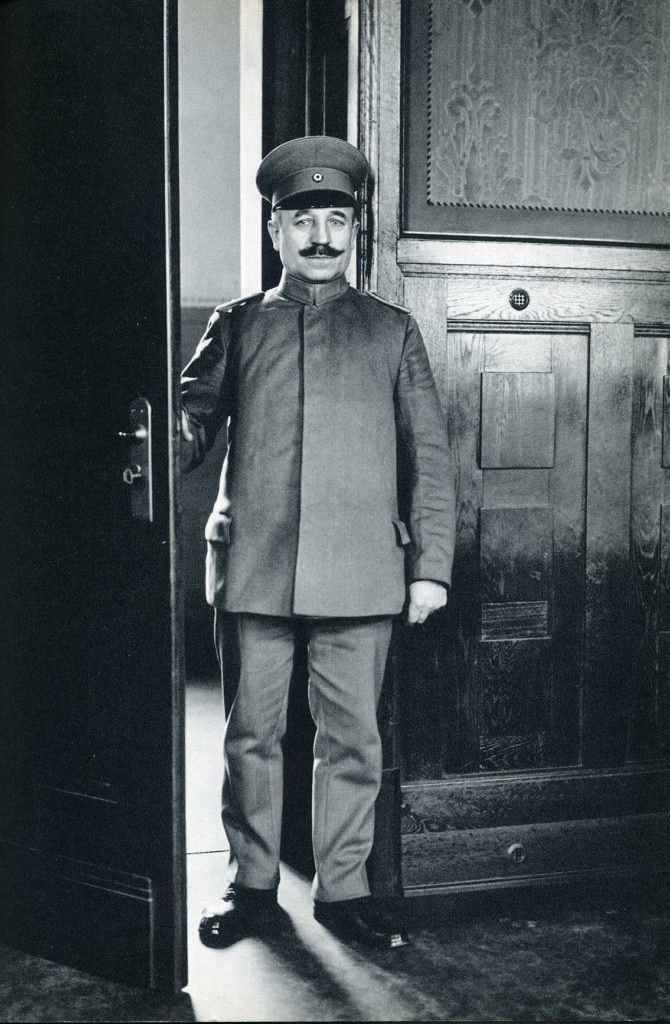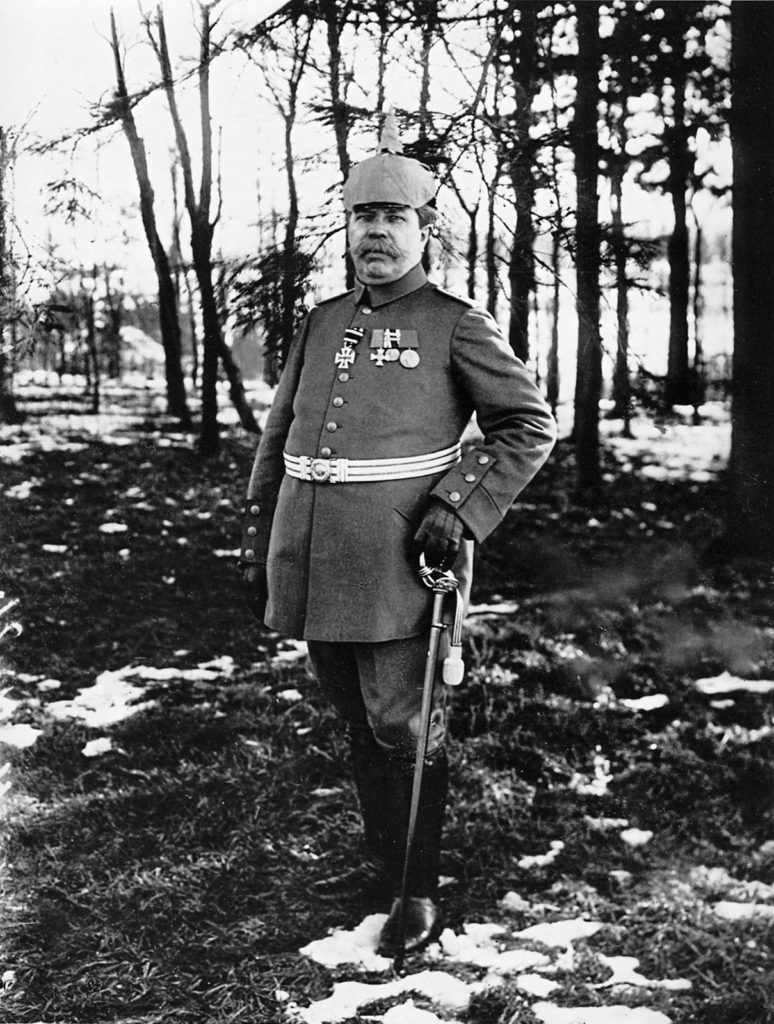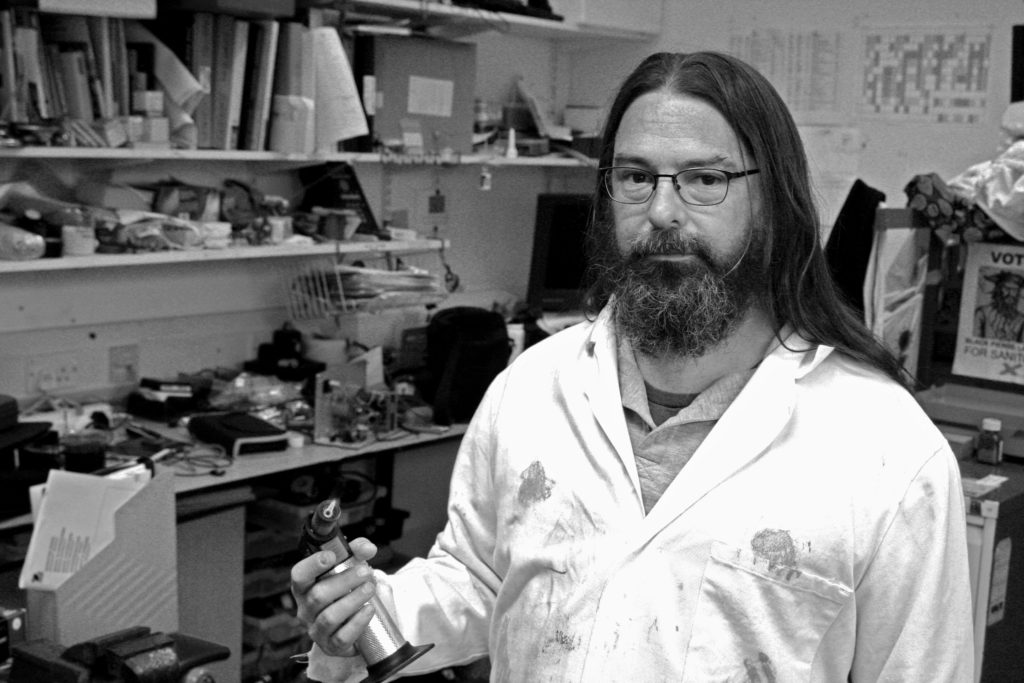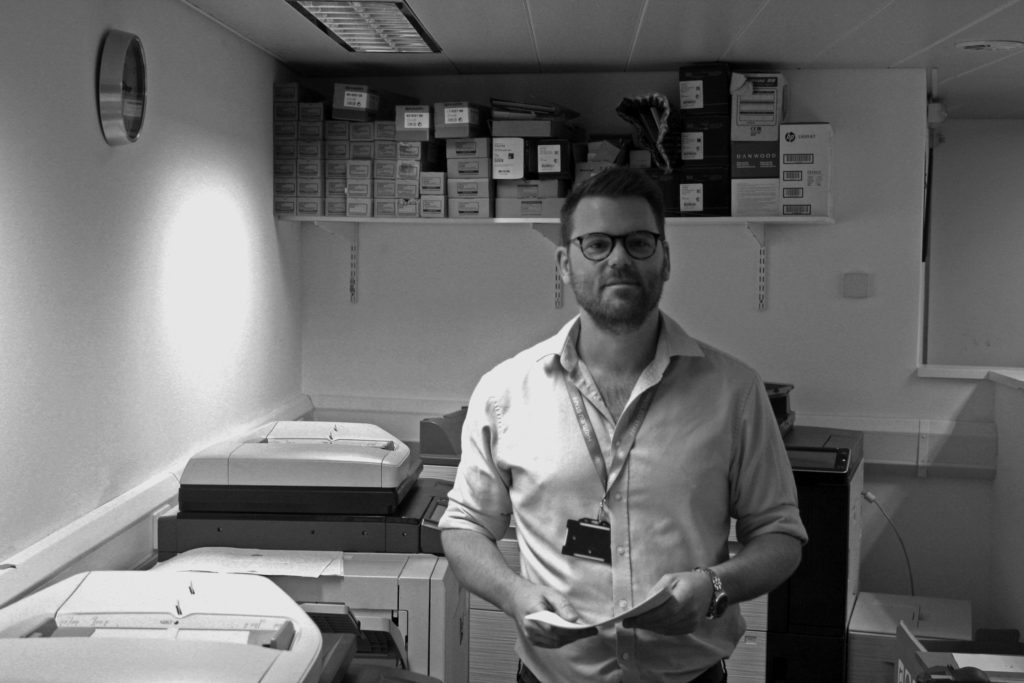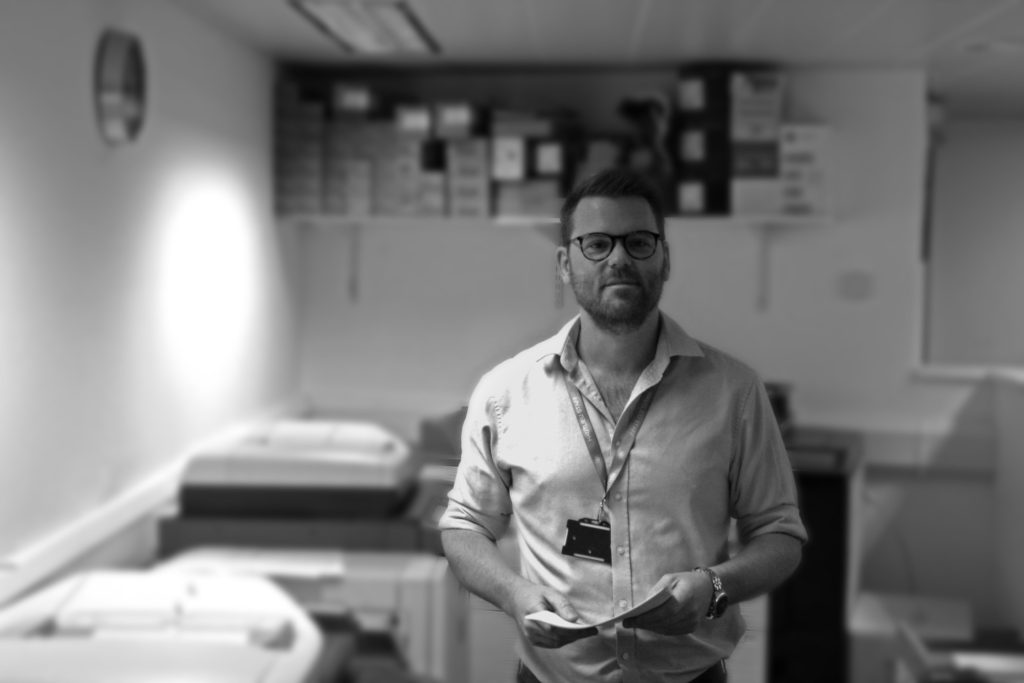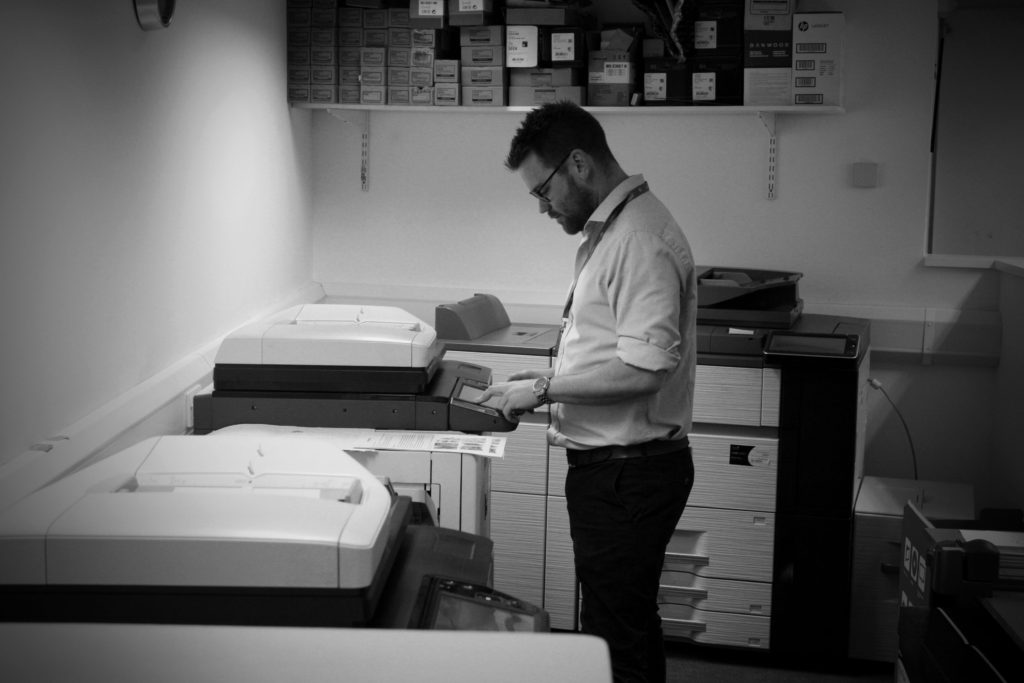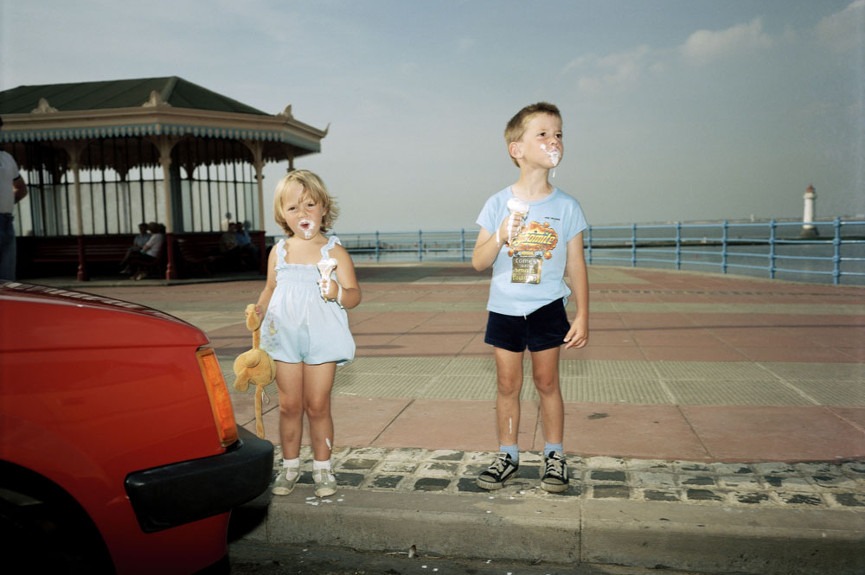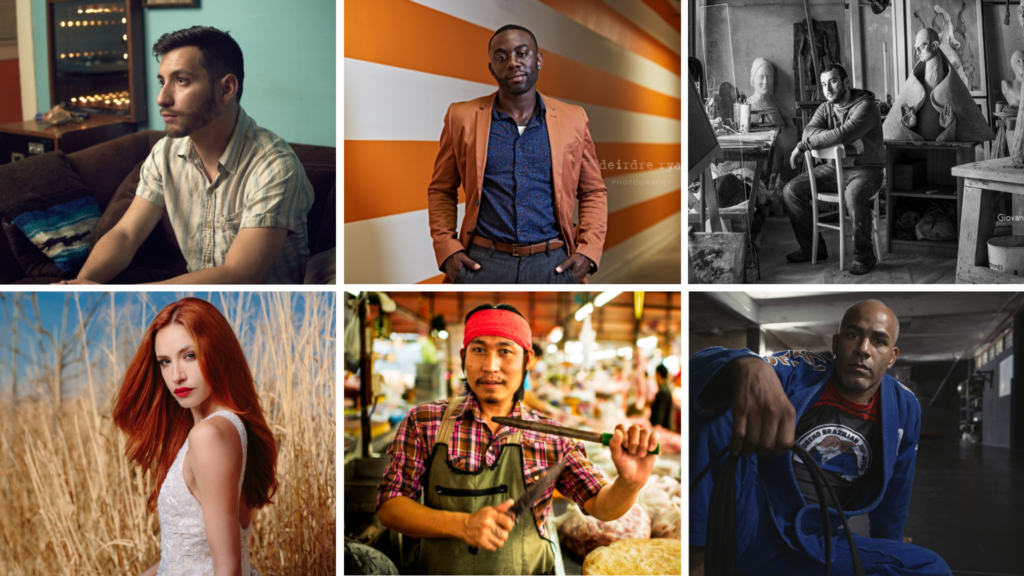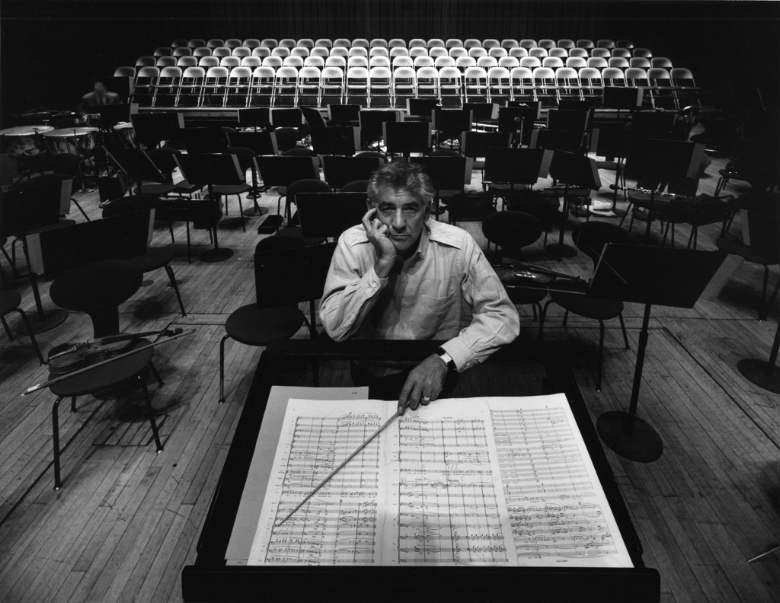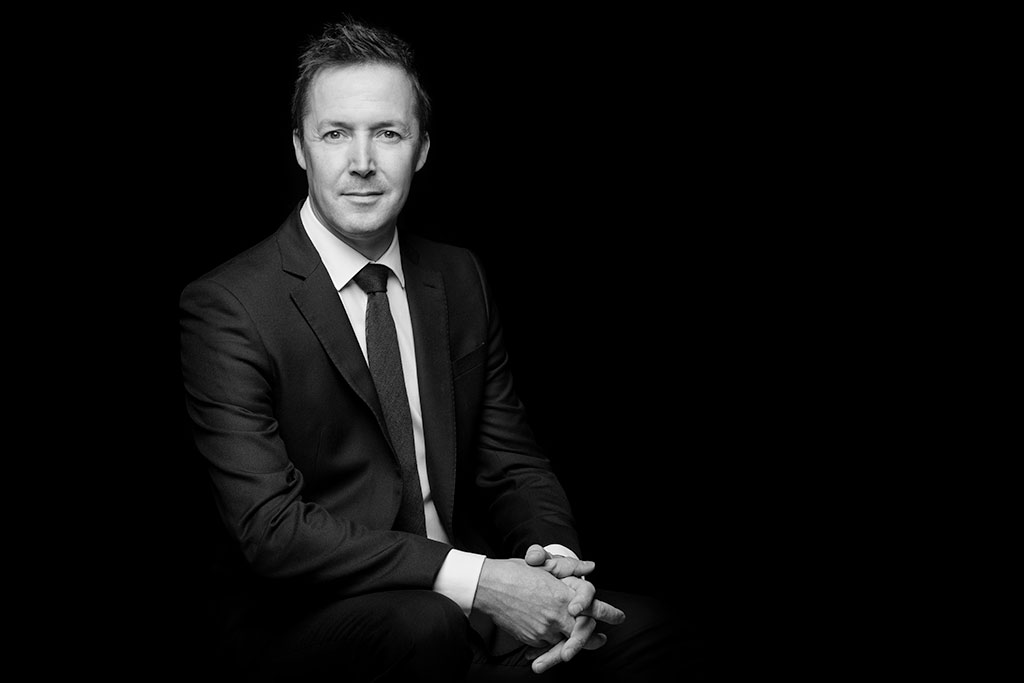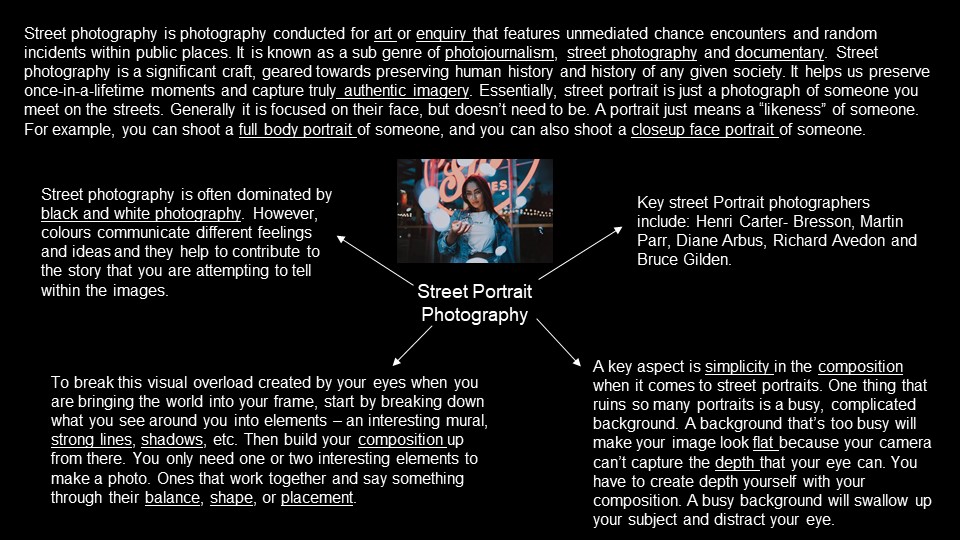who is ARNOLD NEWMAN and what do they do?
ARNOLD NEWMAN is a photographer, born in New York City in 1918, who studied art in Miami. NEWMAN is acknowledged for being the pioneer of the genre of photography called environmental portraits. He worked as a documentary photographer, who took still portraits of subjects in an environment that symbolises the individuals life and work.
my favourite photographs from ARNOLD NEWMAN
These photographs from ARNOLD NEWMAN are my favourite, because they are very strong and hold a lot of power within them. They also display the emotion and stories of the individual within the photograph, and what NEWMAN thinks of them too.
analysis of an image from ARNOLD NEWMAN

technical
The light source is coming from behind the individual, this allows the subject to be lit and to stand out. It also allows the background to be illuminated to add the importance of this feature in the photograph. There also may be light coming from in front of the individual as their facial features are visible but not quite contrasted. The depth of field, in this photograph, is long, as the background are sharp and in focus.
visual
The photographer has decided to shoot in black and white, it is very powerful as it allows for there to be a high contrast, which is interesting for the viewer. There is a varied tonal range, as there are dark blacks and bright whites. The bright whites stand out, when mixed among the dark blacks. The bright whites are also limited as the only white things are the music paper, the subjects shirt and the chairs in the background, this allows the subject to be the focal point of the photograph, as the paper is directly infront of him and the chairs are directly behind him. There are many textural aspects, from the notes on the paper to the wooden flooring. These aspects add interest and detail to the image. The chairs in the background are repetivitely placed, and form a pattern behind the subject, which contrasts with the scattered stands directly behind the subject, as they are more randomly placed. The sections on the music paper kind of act as leading lines, pointing towards the subject as they are arranged in a way that direct the viewers eye to them.
contextual
The subject in the photograph is Leonard Bernstein, a conductor, composer and piano player, who was one of the first American born conductor to be praised for his musical ability. Bernstein was also the first conductor to give lectures on television on classical music. He was a very talented musician, as he composed lots of music for theatre and ballets. Although Bernstein was known for his musical talents, he was also known for his social activism, hoping for further social change, and was heavily involved with left wing organisations. The reason why NEWMAN captured Bernstein in an empty concert hall was to highlight how unimportant Bersteins audience was to him, which contrasts with the thoughtful look on his face demonstrates how much his music meant to him. For NEWMAN to photograph Bernstein he must have agreed with his views on social activism and social change, as it was important for him to relate to the subject on a more obscure reason.
conceptual
ARNOLD NEWMAN took photographs of subjects in an area that represented and connected to their job, or other aspects of their life. So in this photograph of Leonard Bernstein, NEWMAN captured him in a concert hall that related to him, as he was a composer and conductor.
how am I going to relate to ARNOLD NEWMAN in my photographs
I am going to photograph my subjects in an area that is related to them and hold direct eye contact with the camera, similar to how NEWMAN captured his subjects.












